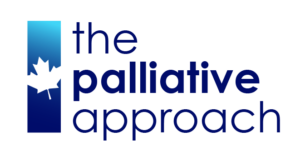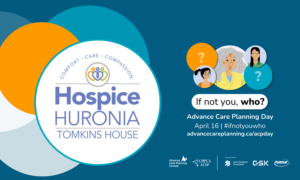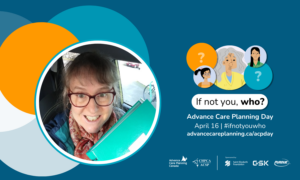By Shelly Cory, Executive Director of Canadian Virtual Hospice
People who identify as 2SLGBTQ+ who are living with advanced illness or providing care to someone with palliative care needs often face discrimination and other barriers to care at a time when they are very vulnerable and in even greater need of respectful and compassionate care.
Many people working and volunteering in palliative care express a lack of confidence when caring for people who identify as 2SLGBTQ+ and their chosen or biological families. Education, reflection, and compassion are key to providing inclusive care, and a new series of resources can help.
What is 2SLGBTQ+ inclusive care and why is it important?
The acronym “2SLGBTQ” stands for Two-Spirit, lesbian, gay, bisexual, transgender, queer (or questioning). The plus sign represents other gender and sexual identities.
Whatever your role, practicing inclusivity will help you deliver services that take the unique needs and preferences of all your patients, residents, or clients into account.
While posting symbols and images in your workplace can suggest inclusivity, they aren’t enough. The way you engage with your patients and their families—however they define family—is the most important indicator of your openness, respect, and inclusivity; and it has a direct impact on their health and care experience.
“We’re not where we need to be.”
Quality palliative care focuses on the whole person and their family. Many 2SLGBTQ+ people still have to fight to be recognized for who they and their families are. Discrimination can be overt or subtle. For example:
- A trans patient not being referred to by their correct name or pronouns; or,
- A lesbian’s wife repeatedly being identified as a friend, even when the couple has made her identity known and recorded in charting.
Impact on quality of care
When a 2SLGBTQ+ person is misgendered or when their spouse has to “prove” that they are “immediate family,” this creates frustration and a lack of trust. In addition, there can be serious and ongoing negative consequences. For example, a 2SLGBTQ+ person may delay or avoid seeking healthcare services in the future, which can contribute to poorer outcomes.
Your attitudes and beliefs can lead you to make assumptions and judgements that may or may not be accurate or helpful. By asking and inviting questions in a respectful and sensitive way, you can learn about—and from—your patients. In this way, you may begin to see “them” as “us.”
Before asking questions, ask yourself what your purpose is. Do you need the answer to provide good care or are you satisfying your curiosity? It’s important to let your patients know when you have questions about their healthcare needs and preferences, and that’s it’s okay for them to choose to not answer.
Quality care depends on engaging the patient and their family in setting goals of care and creating care plans. Unless 2SLGBTQ+ patients and their families feel respected and included, genuine engagement isn’t possible.
Planning ahead
Many 2SLGBTQ+ people worry that they won’t receive inclusive care when they most need it, especially if they become unable to make decisions. Concerns include being placed in a health facility and not having their gender identity or expression recognized or accepted; or having a partner, spouse, or family of choice excluded from treatment decisions.
Healthcare providers are in a key position to help 2LSGBTQ+ people plan and participate in care that respects them and their wishes. Proud, Prepared and Protected is a suite of online tools developed by Canadian Virtual Hospice and more than forty organizations and 100 community members, with funding from Health Canada.* These tools have been created by and for members of 2SLGBTQ+ communities. At www.virtualhospice/2SLGBTQ you can find articles, videos, and practical resources for community members, families, allies, and people working and volunteering in healthcare.
These tools address some of the unique challenges facing 2SLGBTQ+ people who are aging or living with advanced illness. Tools include:
- The 2SLBGTQ+ Bill of Rights: the first of its kind in Canada, outlines rights when accessing healthcare.
- My Choices for Safe and Inclusive Healthcare: a place to record information that can help open conversations with healthcare providers, families, friends.
- Planning for my Care: invites 2SLGBTQ+ people to think about what is important to them, their concerns, and who they would want to make decisions for them if they cannot. This tool can be a gateway to developing an advance care plan.
For more information, please visit:
https://www.virtualhospice.ca/2slgbtq
*The views expressed don’t necessarily represent the views of Health Canada.






